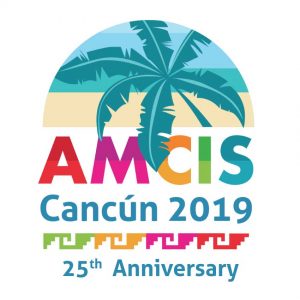Abstract
Distributed Ledger Technology (DLT) acts as a medium for transferring value amongst members of a shared network. Tokenization is a prominent factor enabling this type of value transfer by allowing non-DLT based assets to undergo a digital transformation to a distributed ledger environment. With the advent of new and emerging asset classes, it is necessary to explore the suitability of migrating these non-DLT based assets from their conventional data forms to a distributed ledger environment. In this paper, assets are examined to evaluate if their investment appeal is increased after tokenization, by analyzing changes in the underlying assets’ structure and potential disruption to external parties. This study reviews the existing body of knowledge at the intersection of DLT, digitalization and finance to map the benefits of tokenization on different asset classes. Additionally, this paper aims to contribute to existing research by providing a framework to assess the suitability of tokenizing an asset. For this paper, tokenization is viewed as the consolidation of embedding financial functionality (improvements to an asset’s liquidity, composability or available information)(Merton & Bodie, 1995) and digitalization (disruption to the actors, settings or offerings) of an asset (Hagberg et al. 2016). The following question will be addressed: How can the tokenization suitability framework derived in this paper be used as a decision support tool?
Recommended Citation
McCarthy, Jake; O Callaghan, Ruben; and Stanley, Christopher, "A Conceptual Framework for Evaluating Tokenization Suitability" (2019). AMCIS 2019 Proceedings. 52.
https://aisel.aisnet.org/amcis2019/treo/treos/52
A Conceptual Framework for Evaluating Tokenization Suitability
Distributed Ledger Technology (DLT) acts as a medium for transferring value amongst members of a shared network. Tokenization is a prominent factor enabling this type of value transfer by allowing non-DLT based assets to undergo a digital transformation to a distributed ledger environment. With the advent of new and emerging asset classes, it is necessary to explore the suitability of migrating these non-DLT based assets from their conventional data forms to a distributed ledger environment. In this paper, assets are examined to evaluate if their investment appeal is increased after tokenization, by analyzing changes in the underlying assets’ structure and potential disruption to external parties. This study reviews the existing body of knowledge at the intersection of DLT, digitalization and finance to map the benefits of tokenization on different asset classes. Additionally, this paper aims to contribute to existing research by providing a framework to assess the suitability of tokenizing an asset. For this paper, tokenization is viewed as the consolidation of embedding financial functionality (improvements to an asset’s liquidity, composability or available information)(Merton & Bodie, 1995) and digitalization (disruption to the actors, settings or offerings) of an asset (Hagberg et al. 2016). The following question will be addressed: How can the tokenization suitability framework derived in this paper be used as a decision support tool?


